Evaluating success in macroalgal forest restoration: indicators for biodiversity and functional recovery
Department/Institute
Universitat de Girona. Departament de Ciències Ambientals
Doctorate programs
Programa de doctorat de Medi Ambient
Abstract
ENG- Centuries of human activity have degraded Earth’s ecosystems. In response, ecological restoration has been increasingly practised to reverse this decline by re-establishing fully healthy, self-sustaining ecosystems where both biodiversity and functioning are repaired. Surprisingly, in the field of marine restoration, particularly for macroalgal forests, the knowledge related to the indicators to assess functional recovery remains limited. Most evaluations have been based on parameters related to the structural species, such as species survival and cover. Moreover, these assessments are often limited to short-term monitoring (typically less than two years), while full ecosystem recovery generally requires much longer timeframes. Therefore, one of the current gaps in the macroalgal restoration framework is the lack of long-term evaluations that incorporate indicators reflecting different components of biodiversity and functional recovery. In the Mediterranean Sea, shallow macroalgal forests are dominated by Cystoseira, Gongolaria and Ericaria species, being highly productive habitats that sustain rich biodiversity. In this thesis, we used as a case study a restoration action that reintroduced the structural species Gongolaria barbata in the Bay of Maó, Menorca (NW Mediterranean). We assessed biodiversity and ecosystem functioning a decade post-restoration. Our objectives were to evaluate the recovery of the associated macroalgal and invertebrate species, as well as key ecosystem functions and processes, such as habitat provisioning and primary production. Overall, our work provides practical examples to help identify which indicators are most useful to determine when, and to what extent, current restoration actions are effective. Importantly, we observed significant differences in ecosystem functioning between healthy (either mature or restored) and degraded habitats, therefore, we advocate for precautionary initiatives to conserve and protect existing well-preserved marine macroalgal forests
CAT- Al llarg dels últims segles, els ecosistemes de la Terra han patit modificacions que han provocat alteracions ecològiques i pèrdues de biodiversitat. En resposta, l’ecologia de la restauració ha sorgit amb l’objectiu de recuperar aquests ecosistemes degradats. En el camp de la restauració marina, i especialment pel que fa als boscos de macroalgues, hi ha poca recerca que abordi com avaluar la recuperació tant de la biodiversitat com del funcionament dels ecosistemes. Les avaluacions actuals solen centrar-se en indicadors relacionats amb l’espècie estructural (com supervivència i cobertura) i es limiten a períodes curts, mentre que recuperar completament aquests hàbitats sol requerir períodes de temps més llargs. Així doncs, una de les limitacions en relació a la restauració de macroalgues és la manca d’avaluacions a llarg termini que considerin la recuperació funcional i de biodiversitat. En el Mar Mediterrani, els boscos de macroalgues estan formats per espècies del gènere Cystoseira, Gongolaria i Ericaria, i són hàbitats molt productius i amb molta biodiversitat. Aquesta tesi pretén estudiar la idoneïtat d’alguns indicadors per avaluar la recuperació funcional dels boscos de macroalgues després d’una acció de restauració. Per això, ens hem centrat en una restauració on es va reintroduir l’espècie estructural Gongolaria barbata a la Badia de Maó (Menorca). Els objectius principals eren determinar, una dècada després de la restauració, la recuperació de les comunitats de macroalgues i invertebrats, i de diferents funcions i processos de l’ecosistema (com ara la creació d’hàbitat i la producció primària). Aquest treball presenta exemples pràctics per identificar quins indicadors poden ajudar-nos a determinar si les nostres accions de restauració contribueixen (o no) a recuperar els ecosistemes degradats. És important destacar que aquests també reflecteixen diferències en el funcionament ecològic entre hàbitats sans (tant restaurats com ben preservats) i hàbitats degradats. Per tant, és prioritari, més efectiu i més escalable evitar la degradació mitjançant iniciatives que conservin i protegeixin els boscos marins de macroalgues que actualment es troben en bon estat
Keywords
Ecologia; Ecología; Ecology; Boscos de macroalgues; Bosques de macroalgas; Macroalgal forests; Funcionament de l'ecosistema; Funcionamiento del ecosistema; Ecosystem functioning; Biodiversitat; Biodiversidad; Biodiversity; Restauració; Restauración; Restoration; Mar Mediterrani; Mar Mediterráneo; Mediterranean Sea; Gongolaria barbata
Subjects
574 - General ecology and biodiversity



